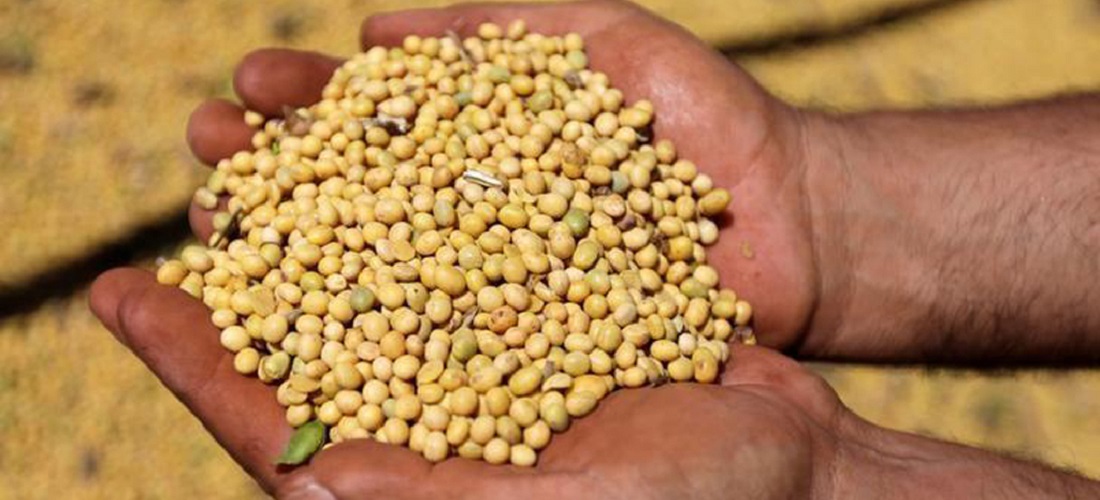
Soybean plantation remains behind schedule
Nov, 22, 2019 Posted by Sylvia SchandertWeek 201948
Soybean planting in Brazil for the 2019/20 crop advanced this week to 77.3% of the total estimated area, a growth of 6.4% over the previous week, according to data from consultancy Arc Mercosul released this Friday (11/22).
Amid scarce rainfall, the planting is slower compared to the same period last season (89.6%) and versus the historical average for the season (80.5%).
With the planting in the final phase in Mato Grosso and Paraná, attention becomes focused on Rio Grande do Sul, which forms with the other two states the three largest producers of oilseed in Brazil.
In the state of Rio Grande do Sul, planting advanced to only 38% of the projected area this week, compared to 67.8% in the same period last year and 52% of the historical average, said Arc Mercosul director Matheus Pereira.
He explained that Rio Grande do Sul had excessive rainfall a few weeks ago, which affected the start of the planting, but more recently became dry, which hampered activities this week.
The consultant noted concerns about dry weather from southern Mato Grosso to northern São Paulo this week.
For the president of the Brazilian Association of Soybean Producers (Aprosoja Brazil), Bartolomeu Braz Pereira, the biggest concern, for now, is the planting of the second crop of corn, sown after the soybean harvest.
“There were occasional problems in soybean, in Paraná some municipalities had large replanting, but we do not see this affecting the final soybean production as much,” he said.
“What may cause problems, what we are concerned about is the second crop, which will be planted later, due to the delayed rainfall for soy. In my case, for example, I will have to plant the corn outside the ideal window, and there is a high risk that the rains will cut earlier and not reach the expected yield (in the corn crop),” he said, who owns property in Goiás.
According to the president of Aprosoja, with the delay in soy and consequently in corn, the cereal may be planted in some areas outside the climate zoning, which may leave part of the crop without agricultural insurance.
Source: Reuters
-
Grains
Aug, 19, 2022
0
Paraguay announces beginning of 2022 harvest corn exports
-
Meat
Aug, 05, 2022
0
Brazilian pork: export volume rises as prices go down
-
Other Cargo
May, 19, 2023
0
Brazil’s rice exports see raise in Abril
-
Blog News (ENG)
Dec, 12, 2022
0
Soy dollar II: Argentina sells 66% less than in the program’s 1st rendition


